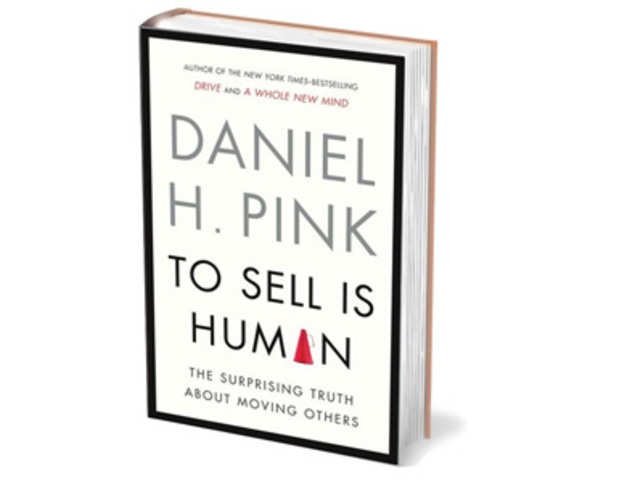

Label: assign the buyer a positive label that your product will confirm.Experience: frame things in experiential terms, instead of item terms.Today, the best salespeople must be skilled at curating information, and asking questions - uncovering possibilities, issues, and unexpected problems.įive ways to frame your offering to be more clear:.As humans, we are bad at wrapping our minds around far-off events (compared to present ones).See rejections as temporary, specific and external (as opposed to permanent, universal and personal). After: be realistic, but optimistic, in explaining rejections and failure.Positivity can infect the buyer, making them less adversarial, more open to possibility, etc.During: keep positivity high (3:1 ratio of positive to negative thoughts), but not too high (less than 11:1).It also inspires thoughts about intrinsic motivation for reaching a goal.This helps you give yourself specific advice and actions to make it happen.Before: use interrogative self-talk to better prepare yourself (ex: “Can I make a great pitch?”).Buoyancy: being able to say afloat in an ocean of rejection.Introverts can be too shy to initiate and too timid to close.Extroverts talk too much and listen too little, and can be too pushy.Mimic strategically, but make it subtle (light touching, etc.).

Take into account their perspective, group, situation, context.

ABC’s of moving others: Attunement, Buoyancy, Clarity.It’s actually ambiverts (not extroverts or introverts) that perform best in selling (and we are all salespeople, so there are no “naturals”). The buying process has shifted from “buyer beware” to “seller beware” - honesty and transparency are now a better choice.


 0 kommentar(er)
0 kommentar(er)
